Drive Automotive Design Consultancy
Drive international automotive design consultancy | Car design studio nr London | UK
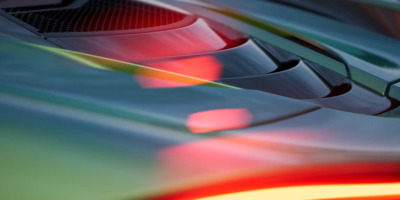
CG animations for automotive advertising
Over the last 25 years, visualisation teams have relied heavily on a lot of computing power to render animations
READ MORE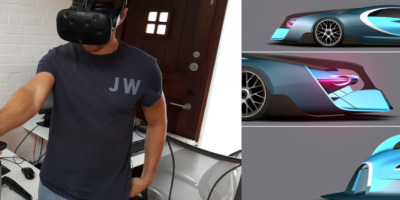
Virtual Reality Car Design Studio
Virtual reality is allowing design teams to develop concepts quicker and resolve issues earlier.
READ MORE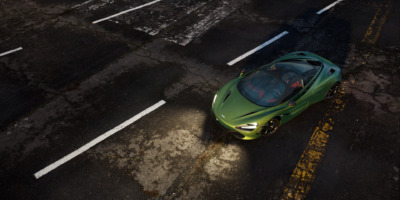
CGI Car Advertising Imagery using Unreal engine
Without a doubt, being based in Surrey, we are lucky to see a fair number of exotic supercars.
READ MORE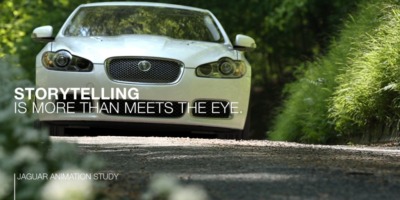
CGI Animation for Car Marketing
A CGI Animation for Car Marketing can help promote a car manufacturer’s products, and this article outlines the process.
READ MORE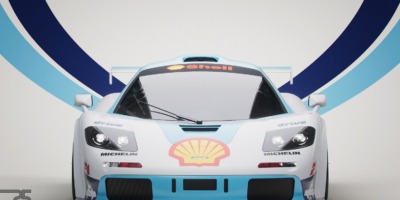
CGI Racing Car Visuals Celebrate Drive’s 25 years
As part of our celebrating 25 years of Drive, our team decided to do a series CGI racing car visuals.
READ MORE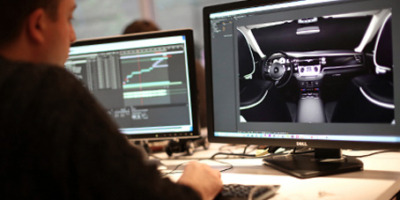
Automotive video marketing
Our creative team have the experience, creativity and understanding to deliver your outstanding automotive video marketing material.
READ MORE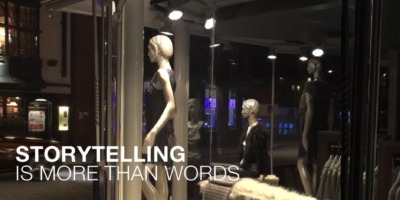
Car animations for social media marketing
It has become so important for car companies to engage with their audience through the social media platforms.
READ MORE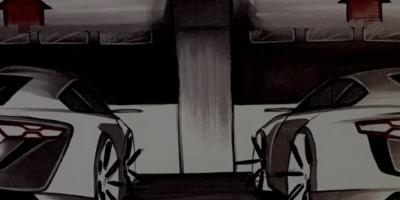
Art Direction and Story Boarding
At drive we have found that art direction and story boarding are often over looked by clients
READ MORE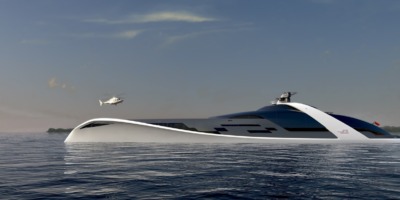
Superyacht animations and CG images
Drive often creates Super yacht animations and CG images for brokers and naval architects.
READ MORE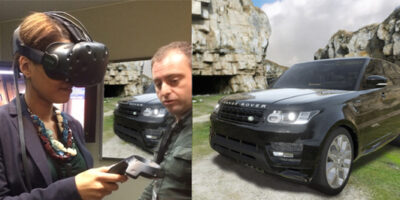
Virtual Reality and Augmented Reality Experiences
Virtual Reality and Augmented Reality Experiences demonstrated at our studio.
READ MORE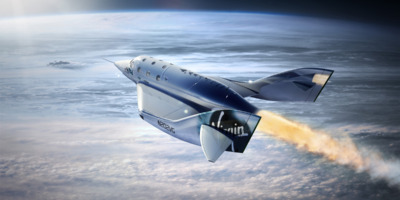
Virgin Galactic landing cgi visuals
Imagine positioning a camera when you don’t know where the subject is going to be.
READ MORE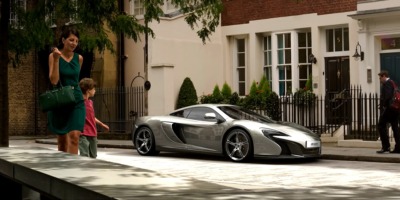
Creating a CGI car image for a brochure
McLaren Special Operations’ marketing department commissioned us to produce a number of CGI car images for their car brochure.
READ MORE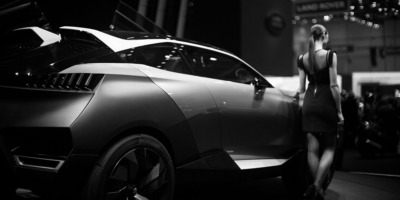
Motor show filming company
Drive’s are a specialist Motor show filming company providing filming and live production. If you would like us to film anything specific or provide live streaming of any launch event please contact us to discuss your requirements. +44 (0) 1483 211 200 Background Image – Photographer Daniele Madia see more here
READ MORE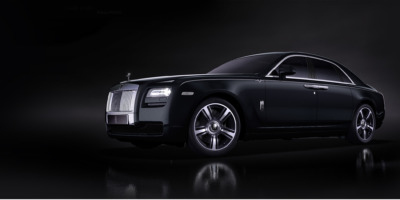
Rolls-Royce Motor Cars Ghost V-Specification
Drive were asked by Partners Andrews Aldridge agency to support them on producing an animation for the Rolls-Royce Motor Cars web page promoting the Ghost V-Specification. Following the initial creative briefing a story board was produced and agreed, with an animation play blast getting the final sign off. Drive prepared the final data of the […]
READ MORE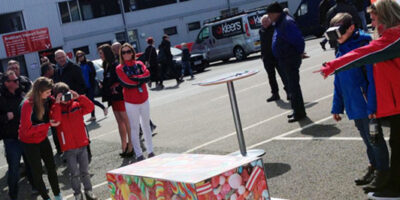
Drive develops Augmented Reality Experience for MG Motor UK
Drive developed an augmented reality experience App for car manufacturer MG Motor UK to showcase its latest SUV, the MG GS. Drive used its experience in this field to create an AR experience using Virtual headsets, to allow MG to give potential customers the first in-depth look at the new car before its official ‘real […]
READ MORE